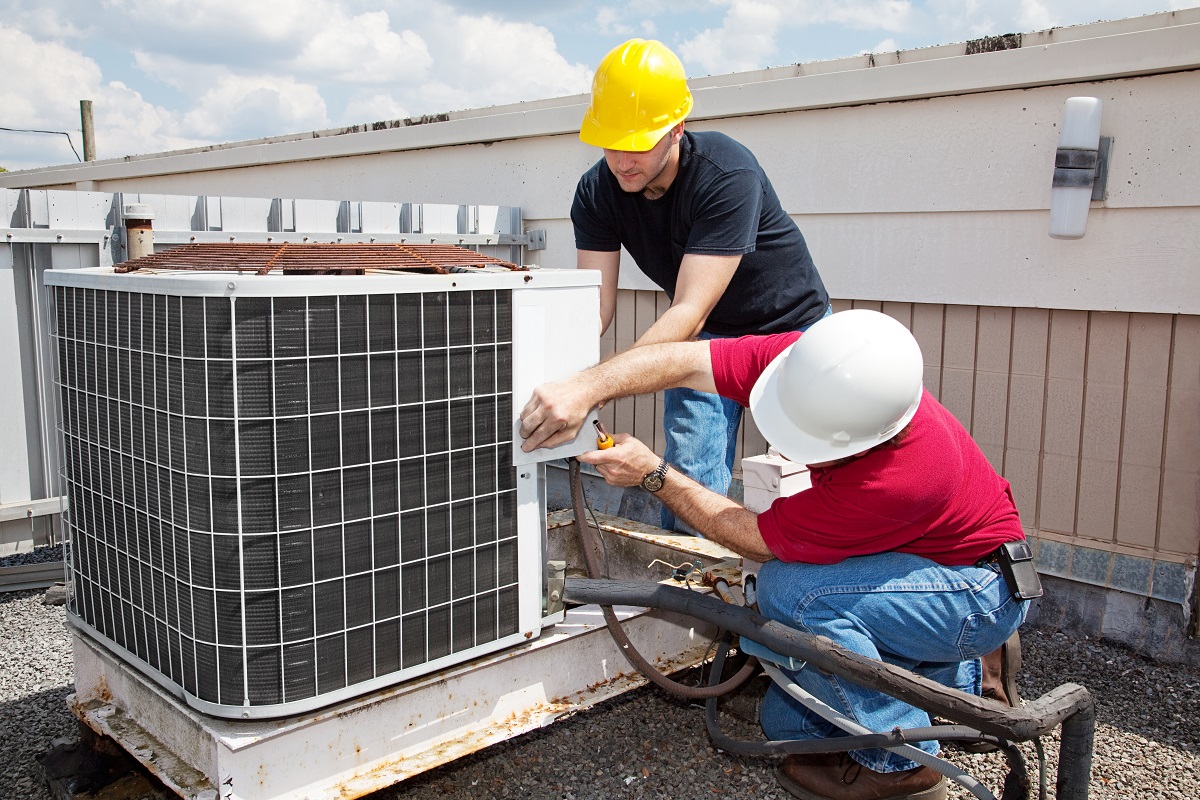- Develop long-term relationships with reliable suppliers for medical products.
- Invest in technology to reduce manual tasks and administrative work.
- Reduce waste by stocking essential supplies and equipment, monitoring inventory levels, and disposing of items no longer in use.
- Train staff on cost management practices to promote a culture of accountability.
- Incorporate energy-efficient methods, lighting systems, HVAC systems, boilers, and water-saving measures to reduce energy costs.
The healthcare industry has been facing financial challenges for years. Healthcare facilities operate with strict budgets while still providing adequate care to patients. With the high expenses of operating a healthcare facility, cost management has become a crucial aspect of the healthcare industry. Therefore, healthcare facilities must find ways to reduce costs while still providing high-quality healthcare.
Here are some cost management tips that healthcare facilities can implement to save money while saving lives. These tips will be helpful in reducing expenses without compromising the quality of care provided.
Get in touch with medical supply manufacturers
Instead of shopping for the best medical product deals, try to create long-term relationships with reliable suppliers. Doing so will provide discounts and other benefits that can help to reduce costs.
One of the most essential medical supplies for healthcare facilities is adhesives. So, finding a trusted adhesive manufacturer that can provide quality products at affordable prices is essential. Also, purchasing directly from a manufacturer will drastically reduce delivery costs as you will not have to pay an intermediary.
Invest in technology
The healthcare industry has seen a rise in technology over the years. Investing in technology not only reduces the number of manual tasks done by healthcare staff but also helps in reducing administrative work. For example, implementing electronic health records (EHRs) saves time and reduces errors. By investing in technology, healthcare facilities can save money in the long run and provide better care to patients.
Reduce waste

Ensuring healthcare facilities are free from unnecessary or excess items is a great way to reduce expenses. This can be done by only stocking essential supplies and equipment, monitoring inventory levels, and disposing of things that are no longer in use. Reducing waste will also prevent overstocking and help in managing storage space efficiently.
In addition, encouraging staff to practice sustainable habits can also help in reducing costs. For instance, switching to reusable items instead of disposable ones and using energy-efficient equipment can help reduce energy costs.
Train staff on cost management
It’s essential to train all healthcare staff on ways to manage costs. This ensures everyone knows the budget goals and how their actions affect the healthcare facility’s finances. Staff members should be trained on best practices for reducing waste, managing inventory levels, and using energy-efficient methods. Training staff members on cost management promotes a culture of accountability and responsibility for financial matters.
Implement energy-efficient methods
Energy efficiency in healthcare facilities is a vital component that can significantly lower the building’s energy use while saving money. Like other industries, healthcare facilities are under constant pressure to reduce costs, and energy efficiency remains one of the critical areas where significant cost savings can occur.
Opt for Energy-Efficient Lighting Systems
Incorporating LED lighting systems is one of the most effective ways to reduce the energy used by your healthcare facility. Compared to incandescent lighting systems, LED lights consume less power while providing brighter light. Moreover, investing in occupancy sensors, dimmable lights, and daylight harvesting sensors will help you save on lighting costs.
Upgrade HVAC Systems

Heating, ventilation, and cooling (HVAC) systems consume significant energy in healthcare facilities. Upgrading your HVAC systems can go a long way in reducing your energy bills. Consider installing geothermal heating or cooling systems, which are renewable and more energy-efficient than traditional HVAC systems.
Use Efficient Boilers
Boilers consume a lot of energy in healthcare facilities. Upgrading to high-efficiency boilers can significantly decrease energy usage, thus lowering energy costs. High-efficiency boilers are designed to use less fuel to generate the same amount of heat as standard boilers.
Implement Water-Saving Measures
Healthcare facilities consume a considerable amount of water, contributing to high energy costs. Water-efficient measures such as low-flow toilets, showerheads, and faucets can reduce water usage in healthcare facilities. Another effective water-saving action is recycling greywater for irrigation purposes.
Final Thoughts
In conclusion, managing costs in healthcare facilities is crucial for providing quality healthcare to patients, especially in a world where there’s a need to reduce healthcare expenses. By implementing the cost management tips discussed in this blog post, healthcare facilities can save money while still providing excellent care to patients. Healthcare facilities that practice cost management are better equipped to weather future financial challenges and improve patient outcomes.
